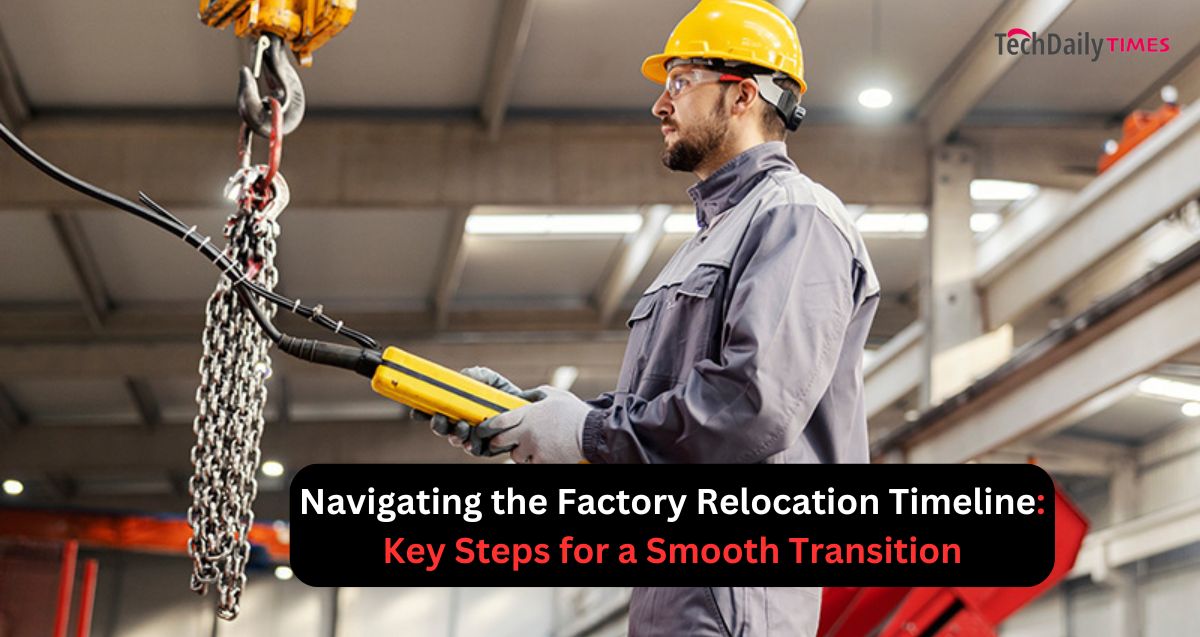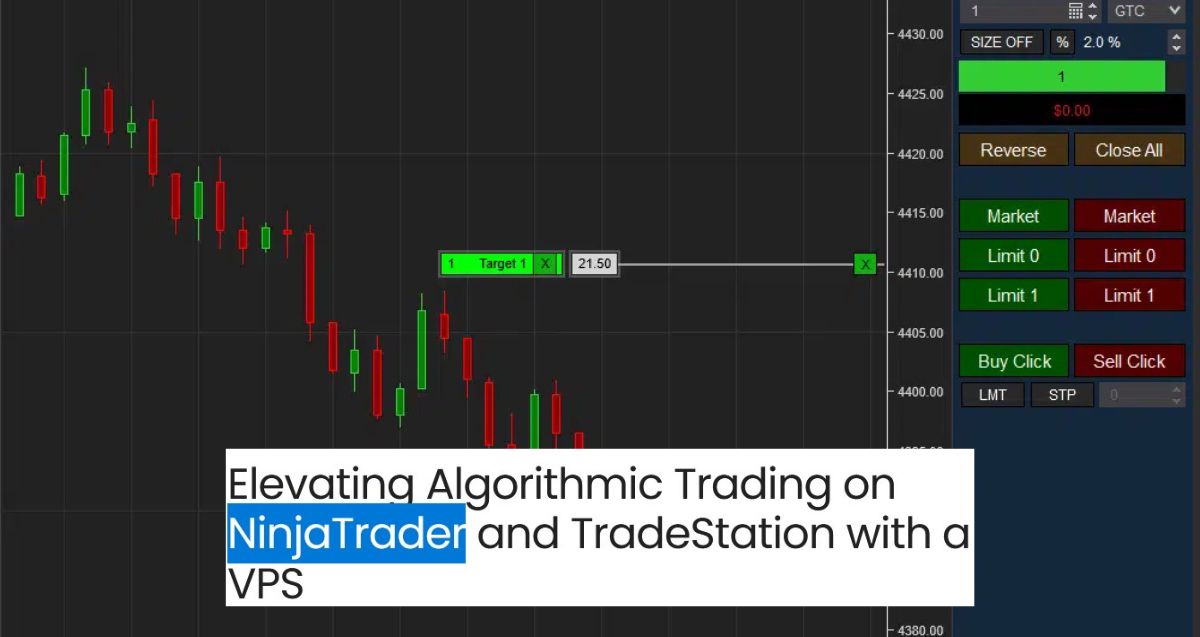Relocating a factory is a major undertaking that requires careful planning to avoid disruption and ensure a smooth transition. The timeline for a factory move can vary depending on factors like facility size, the complexity of equipment, and the distance involved. A detailed relocation timeline is critical for coordinating tasks such as regulatory compliance, securing contractors, and handling logistics.
The process typically starts with an in-depth assessment of why the move is necessary—whether it’s to reduce costs, enhance production capabilities, or improve supply chain access. Once the decision is made, a timeline is created, outlining key stages like site selection, equipment evaluation, and employee relocation plans. Open communication with stakeholders is essential to keep everyone informed and aligned.
As the relocation date nears, logistics become a priority, including the organization of inventory, disassembly of machinery, and transportation planning. Monitoring each phase closely ensures that the move stays on track and within the scheduled timeframe. By understanding the essential elements of the factory relocation timeline, companies can manage the complexities of the move more effectively, setting themselves up for continued success in their new location.











